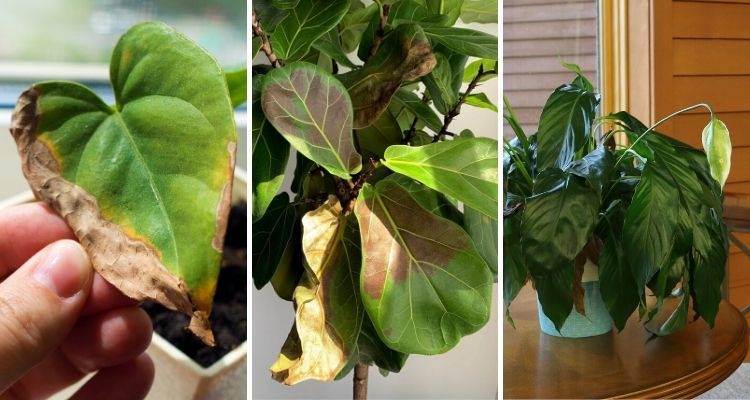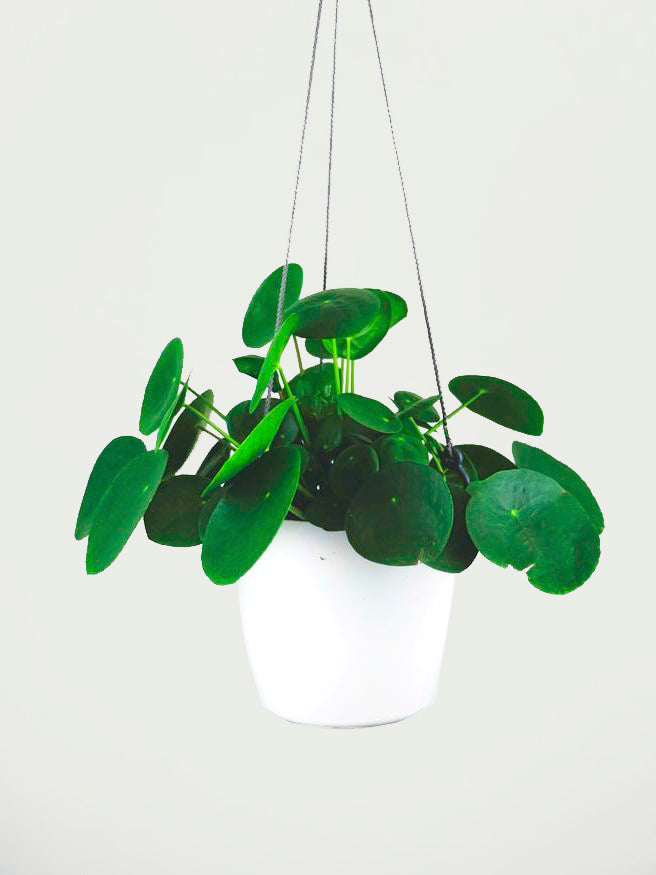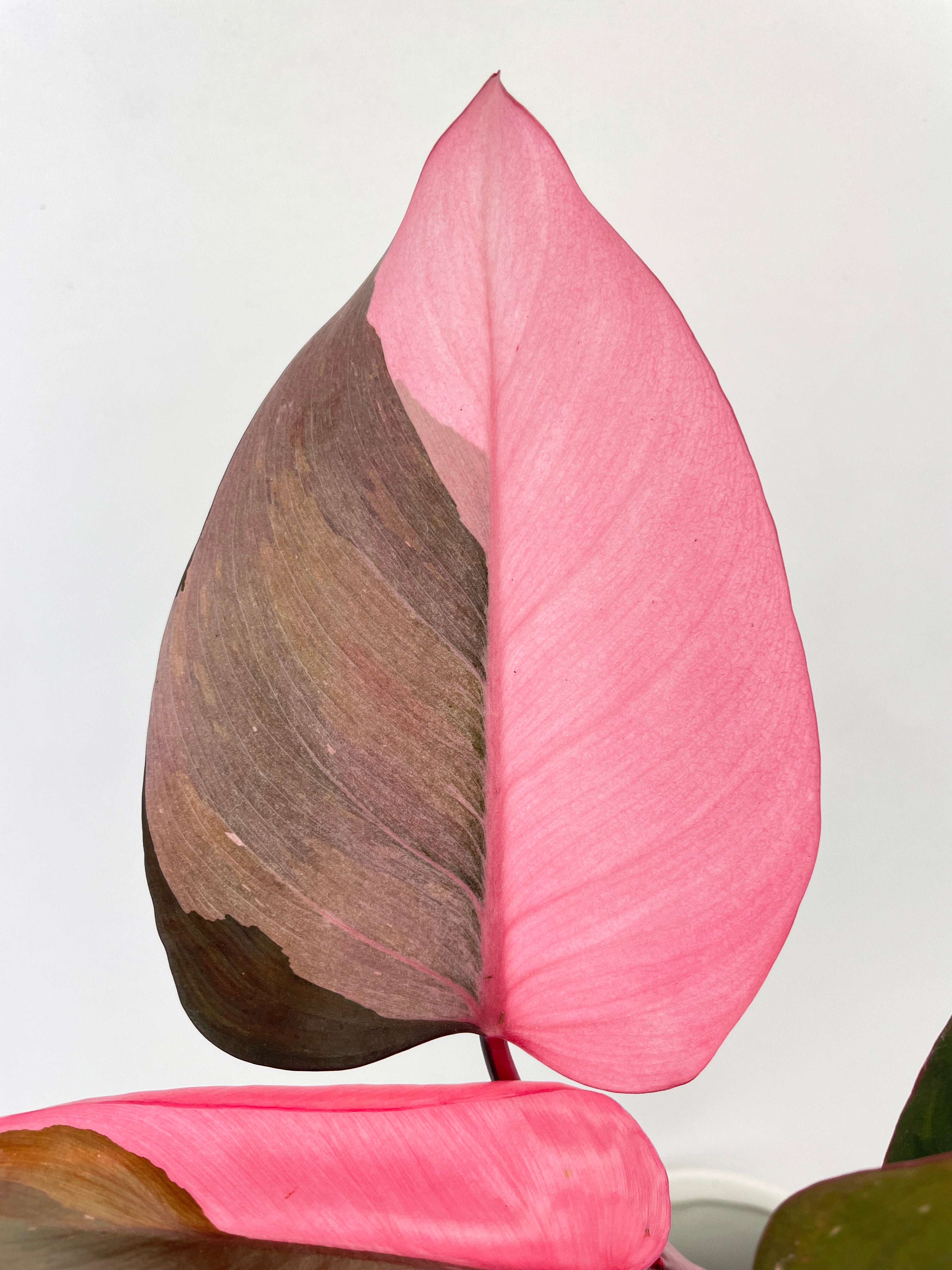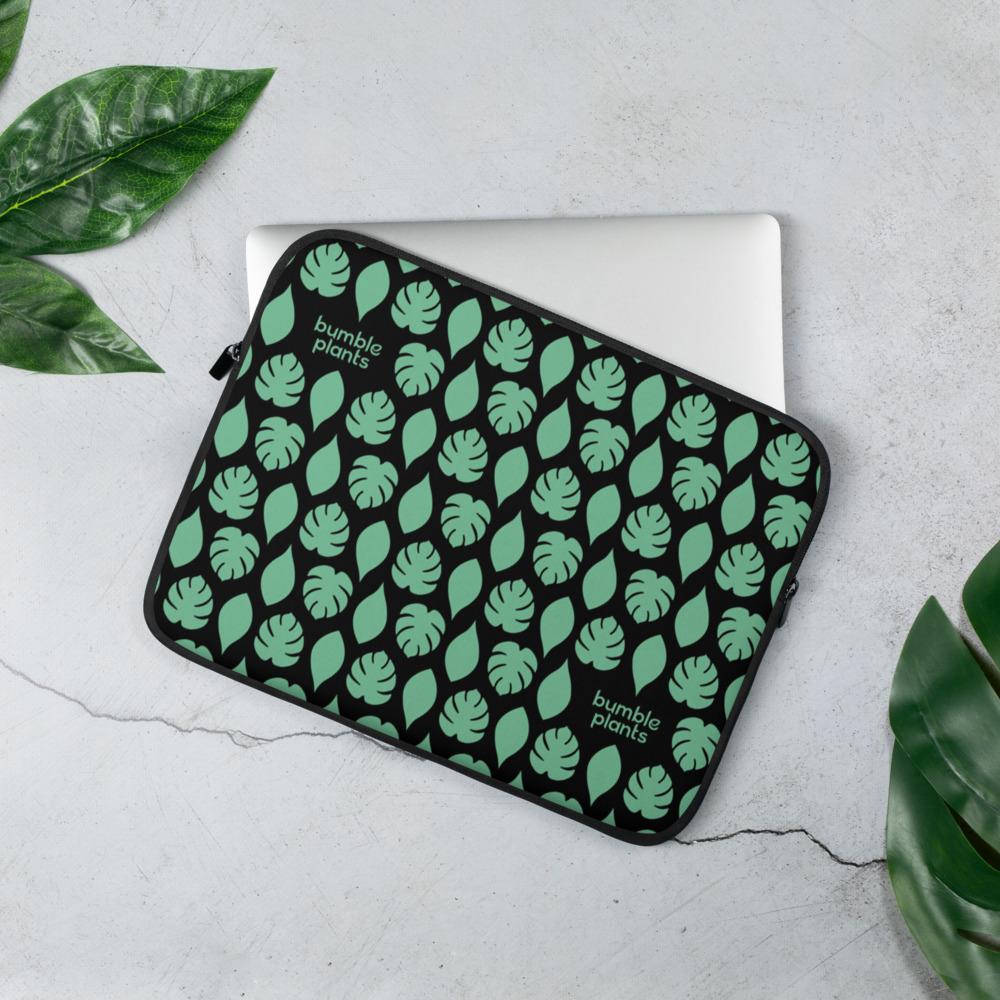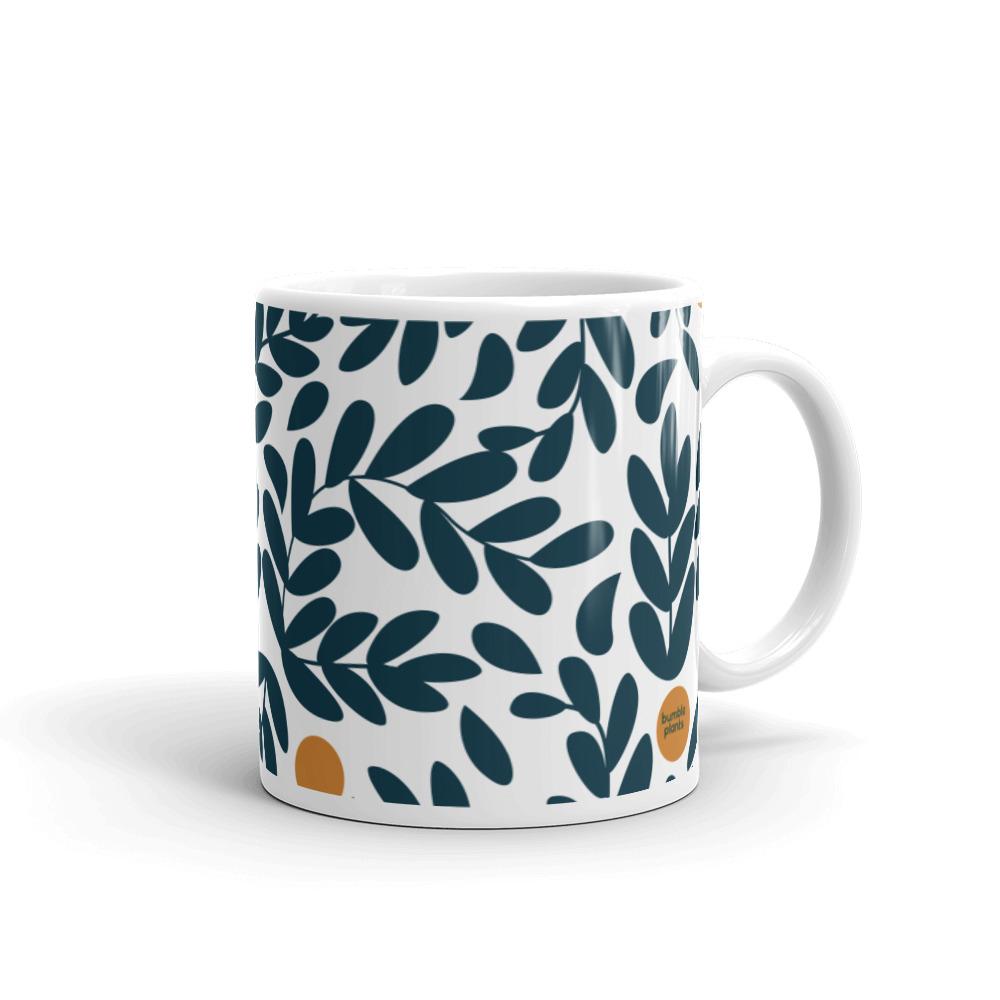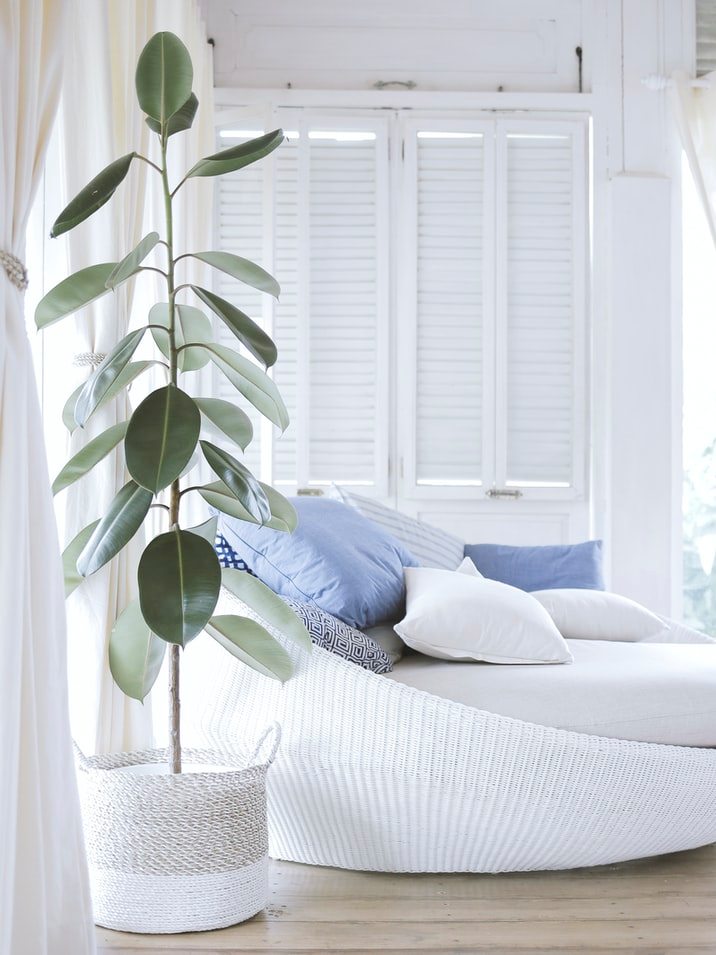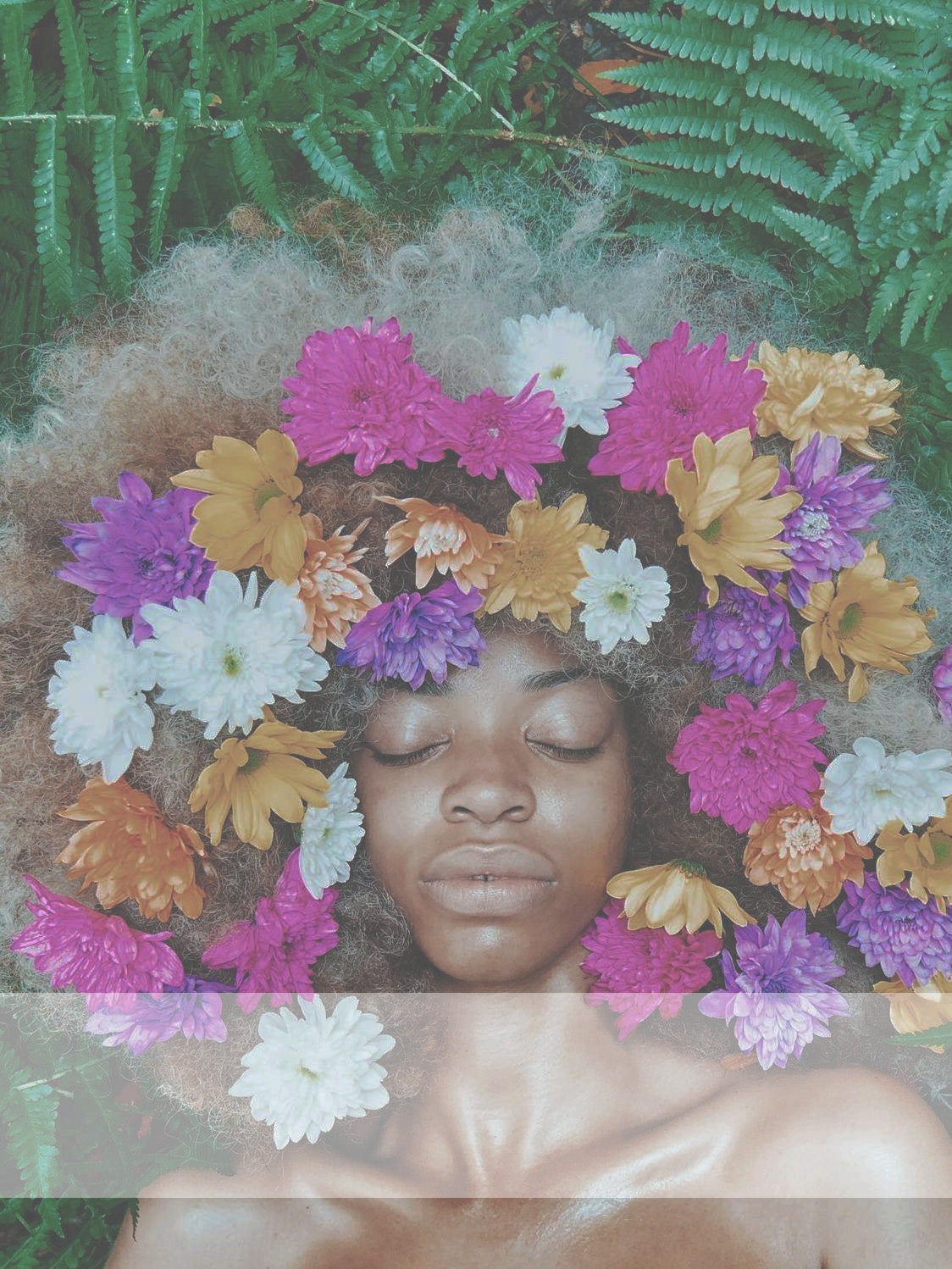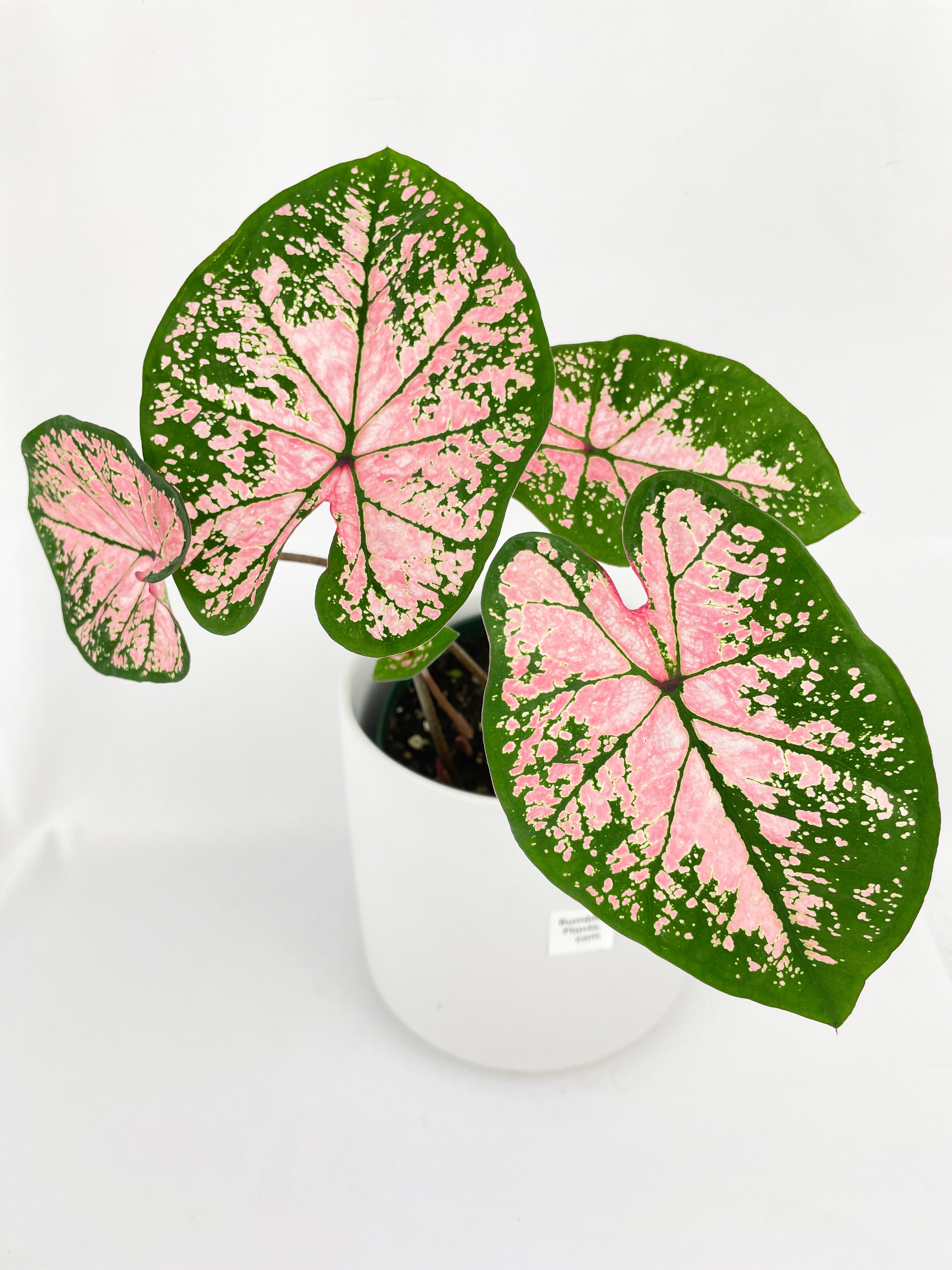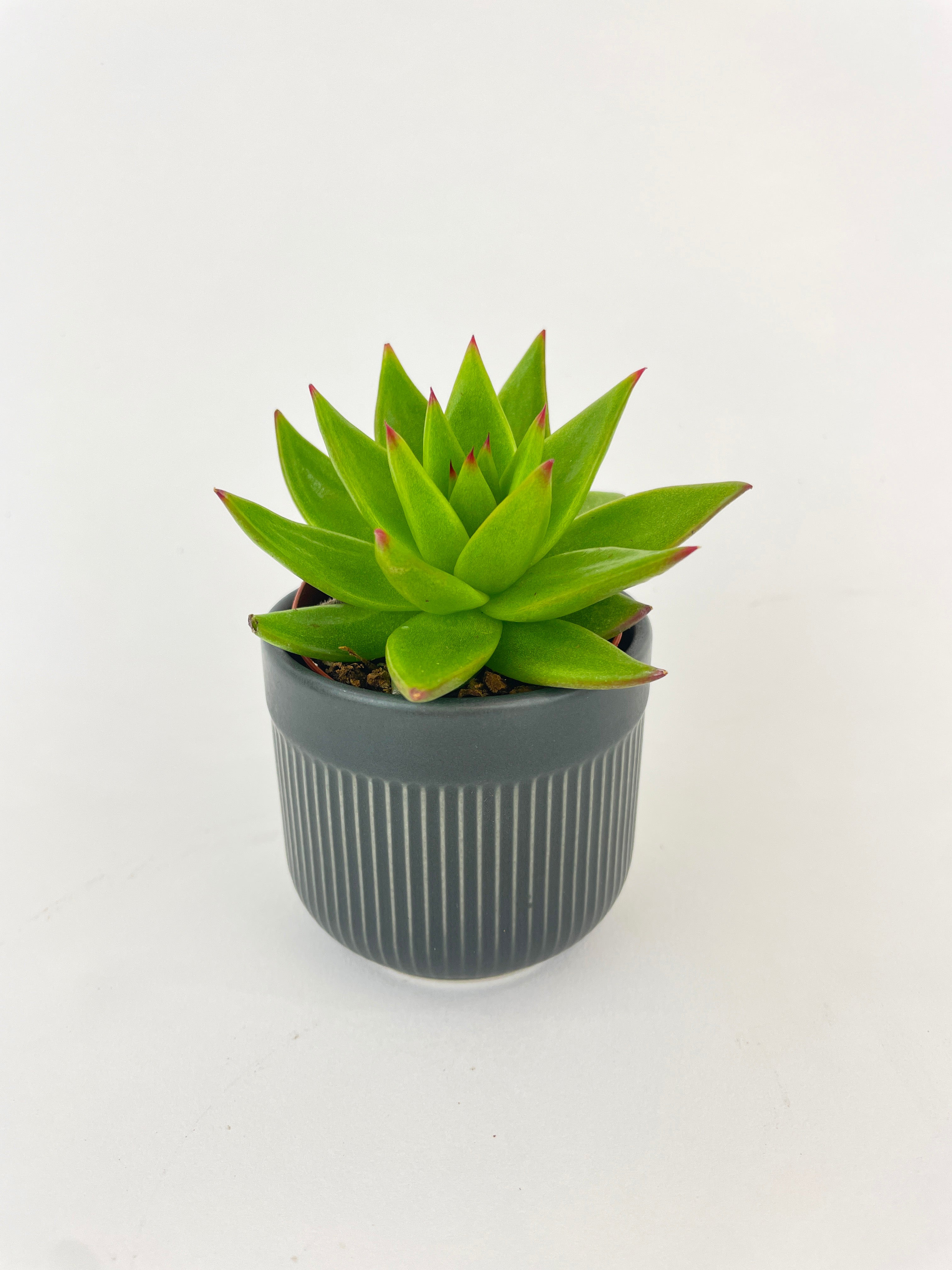-
Shop
Shop By Category
Shop By Type
- Accessories
- Resources
- Sale
- Contact
Menu
- Plants
- Accessories
- Resources
What Exactly is Indirect Light for Plants?
Short Answer: Indirect sunlight is when the rays do not directly fall on your plants but next to or around it. Indirect sunlight lights up the area around the plant, creating a bright atmosphere without directly shining the ray onto the leaves. See below for pictures.
This is Indirect Sunlight
Large South Facing Windows
These are good examples of rooms with indirect sunlight. As you can see, the rooms are bright but there is no direct rays hitting any spot of the room. Typically, south facing windows will produce good indirect light because the sun is not positioned on the east or west throughout the day for extreme direct light. Plants generally thrive when they are placed near south facing windows.
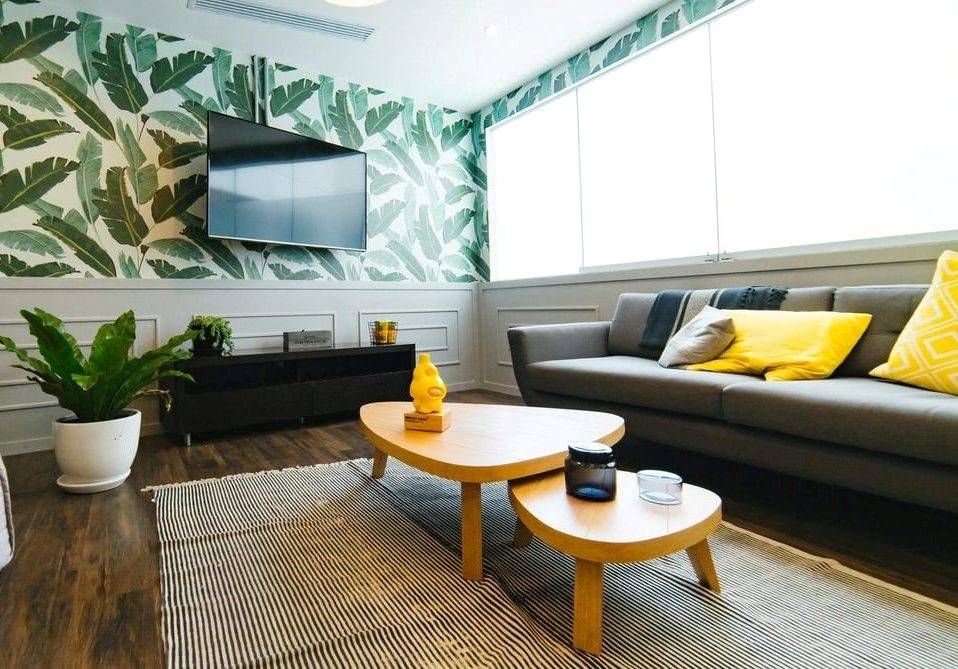
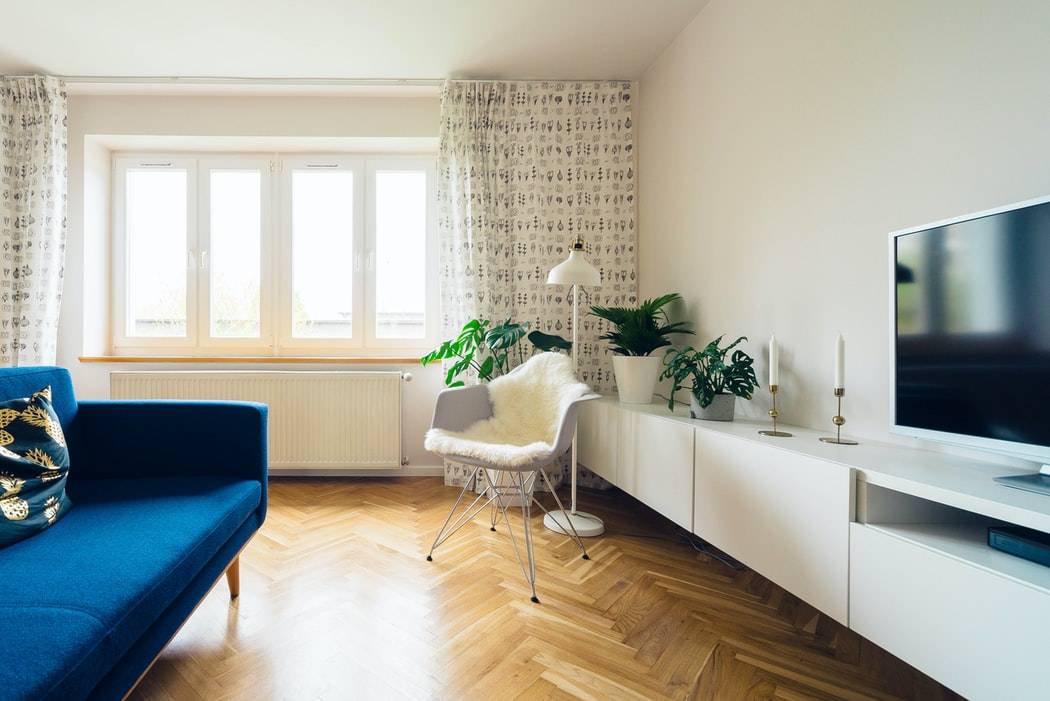
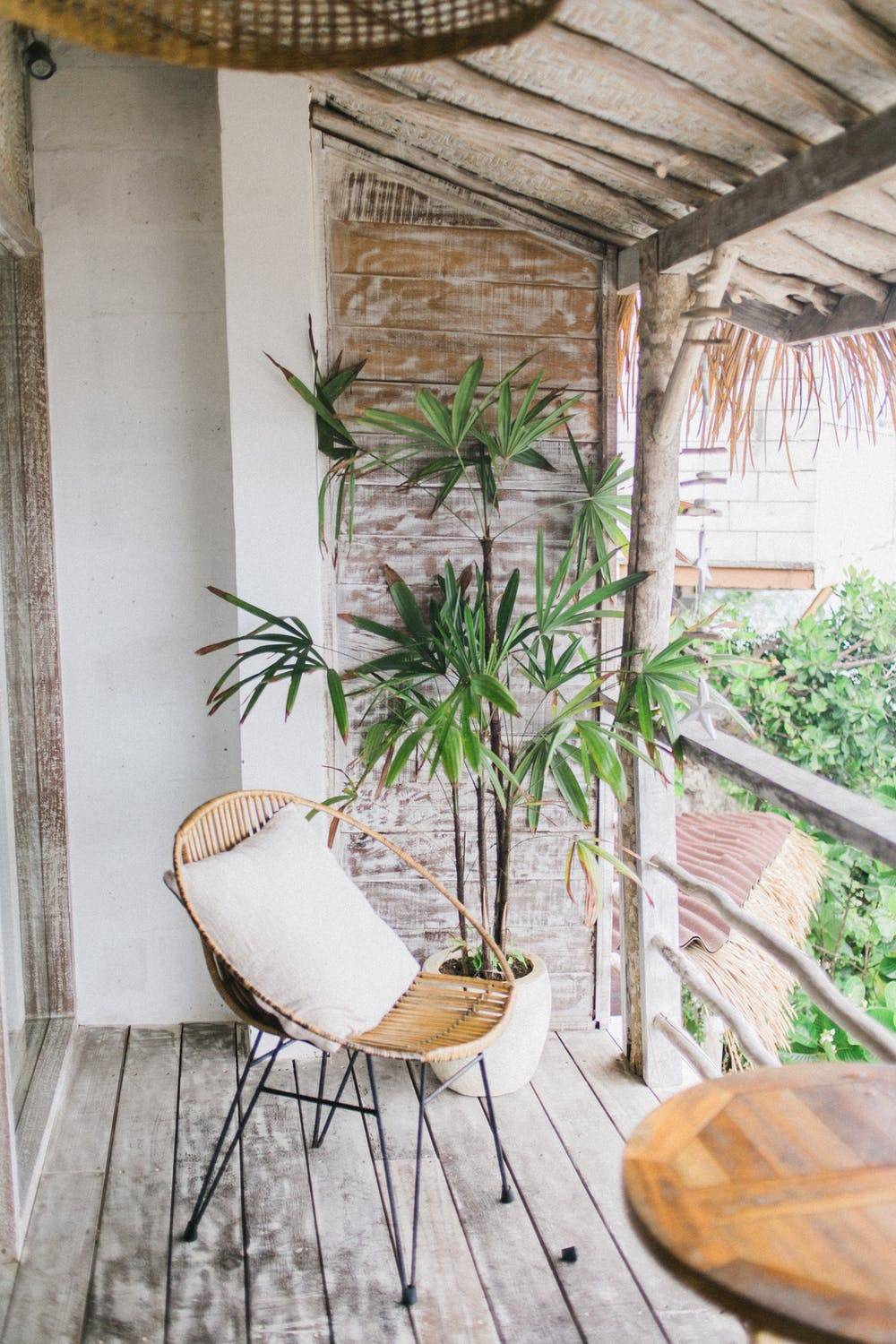
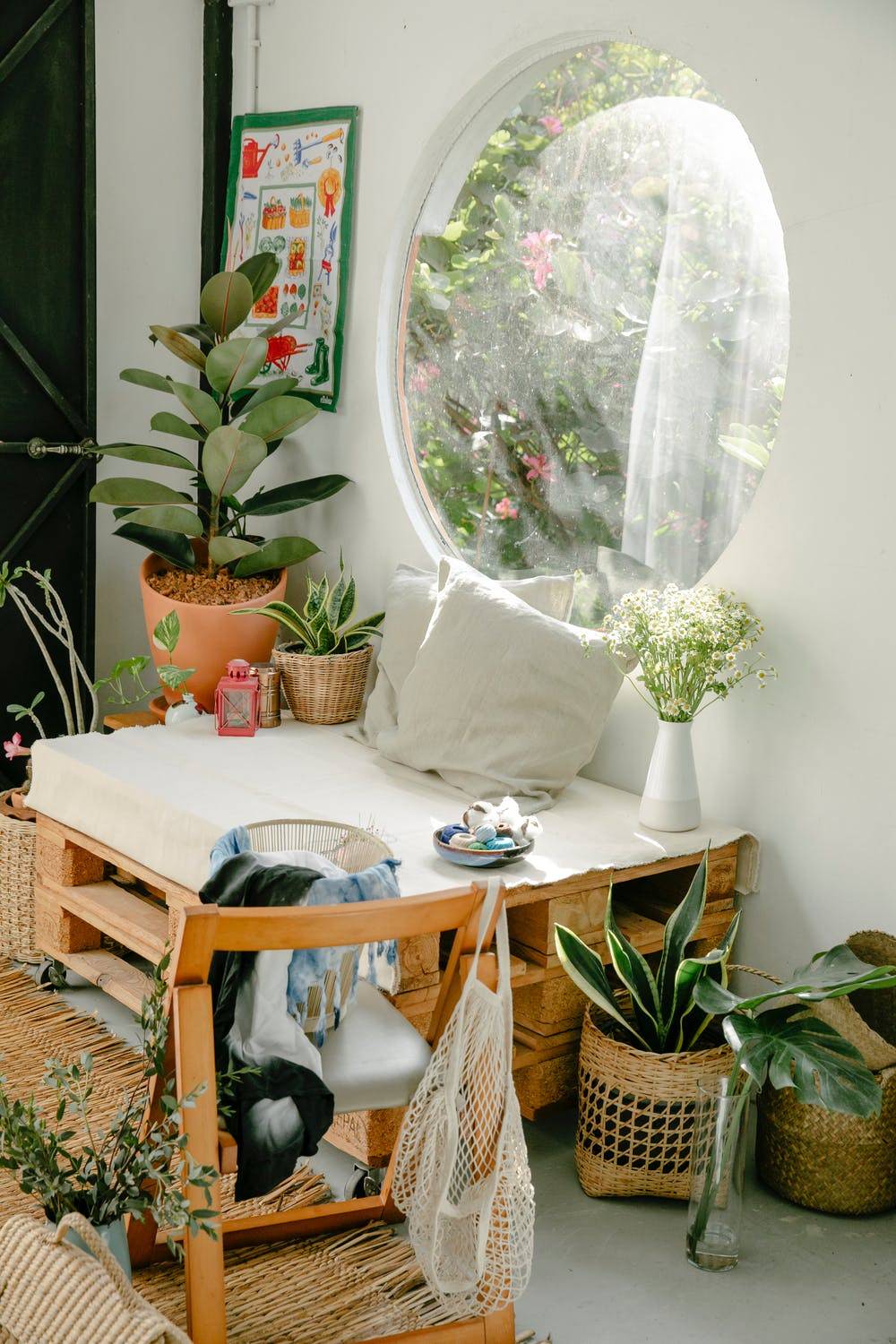
I Don't Have a South Facing Window
If you have east or west facing windows, the rays can be quite harsh on plants especially when the sun is at the hottest around 12-2pm. It's hard to control the intensity of sunlight coming into your face from these windows. However, you can reduce the direct sunlight intensity by installing sheer curtains. The curtains disperse the direct sunlight and create a nice warm light for your plants. Try to avoid placing your plants too close to the east facing window (this is a general rule). However, if you have succulents, cacti or hardy plants that love to be drenched in sunlight, east facing windows might be the best place to put them. This is case by case basis but a good general rule is to but have direct sunlight beaming down on your plants for a lengthy period of time (no more than 2-3 hours). Some plants do enjoy direct morning sun for a few hours but afternoon sun is too harsh for your regular philodendron, anthuriums or alocasias.
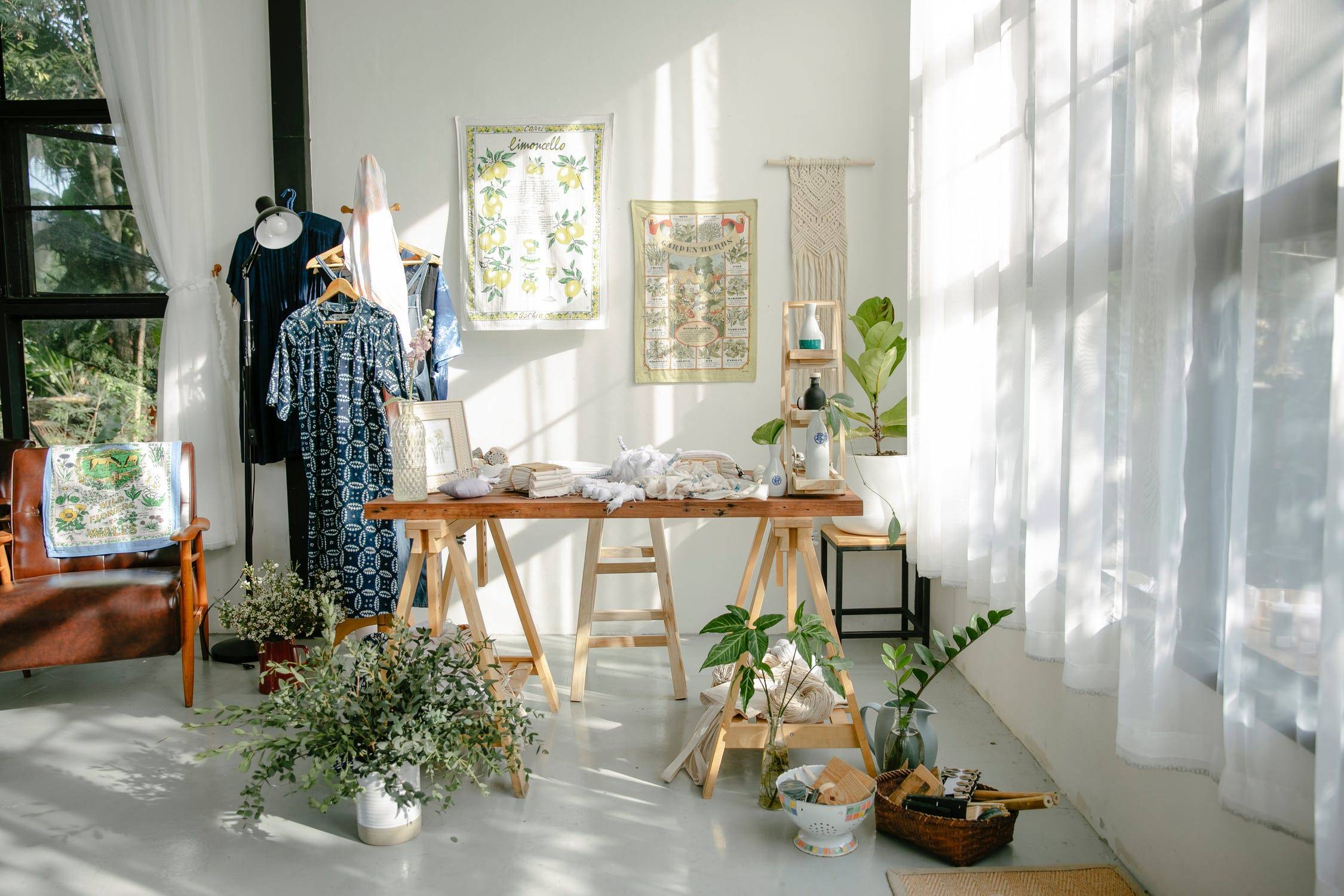
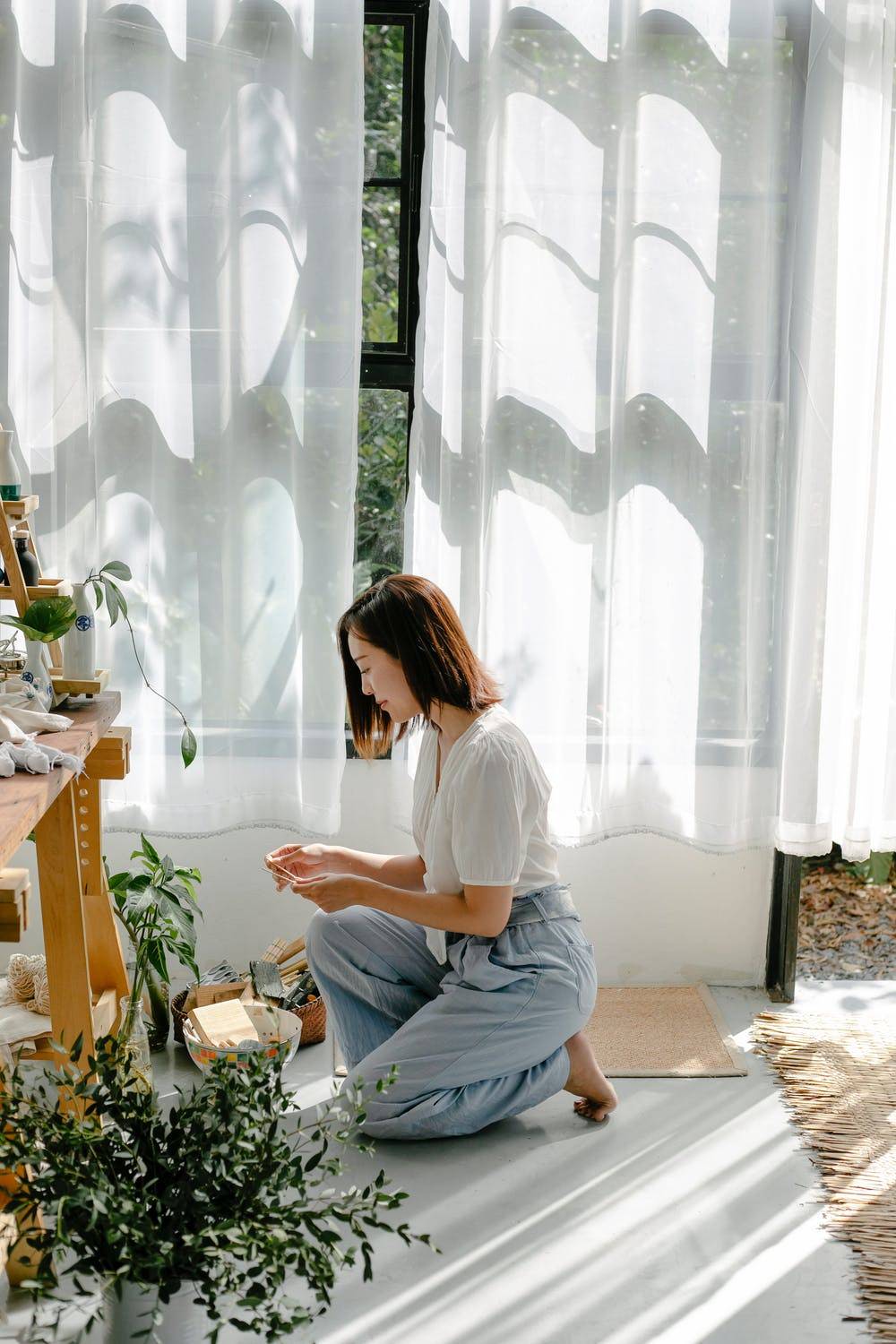
So, What is Direct Sunlight?
Direct sunlight is harsh rays that falls directly on your plants. If you stand in direct sunlight, you will most probably have to squint your eyes to block the light. Direct sunlight can burn your plant and cause the leaves to curl or dry up. There is no coming back from sunburn on plants. You will most likely have to cut off the leaves and place the plant in a cooler spot for it to recuperate.
Below is a picture of direct sunlight on a fiddle leaf fig. More established plants may be able to tolerate direct sunlight but smaller plants can easier burn from harsh sunlight.
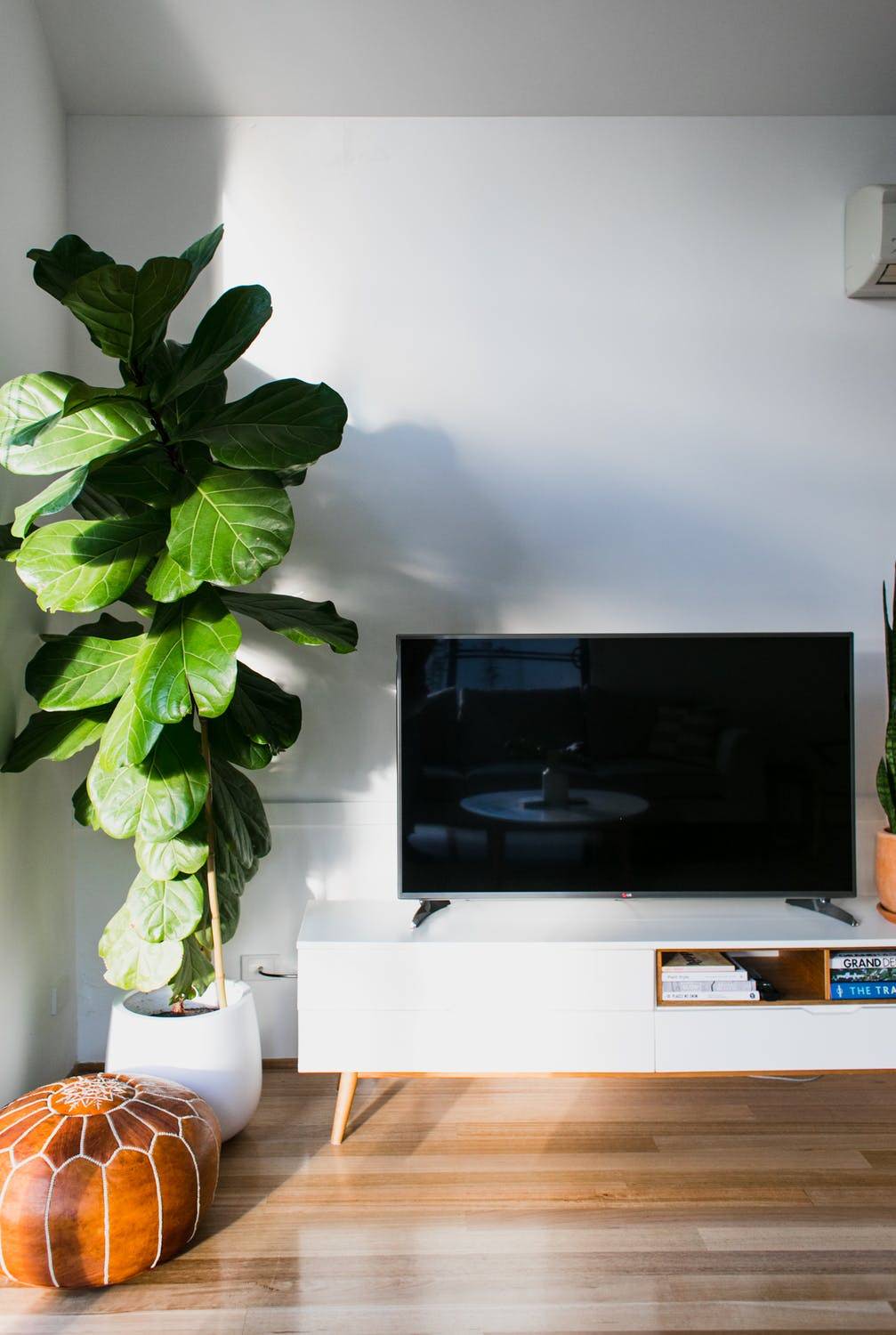
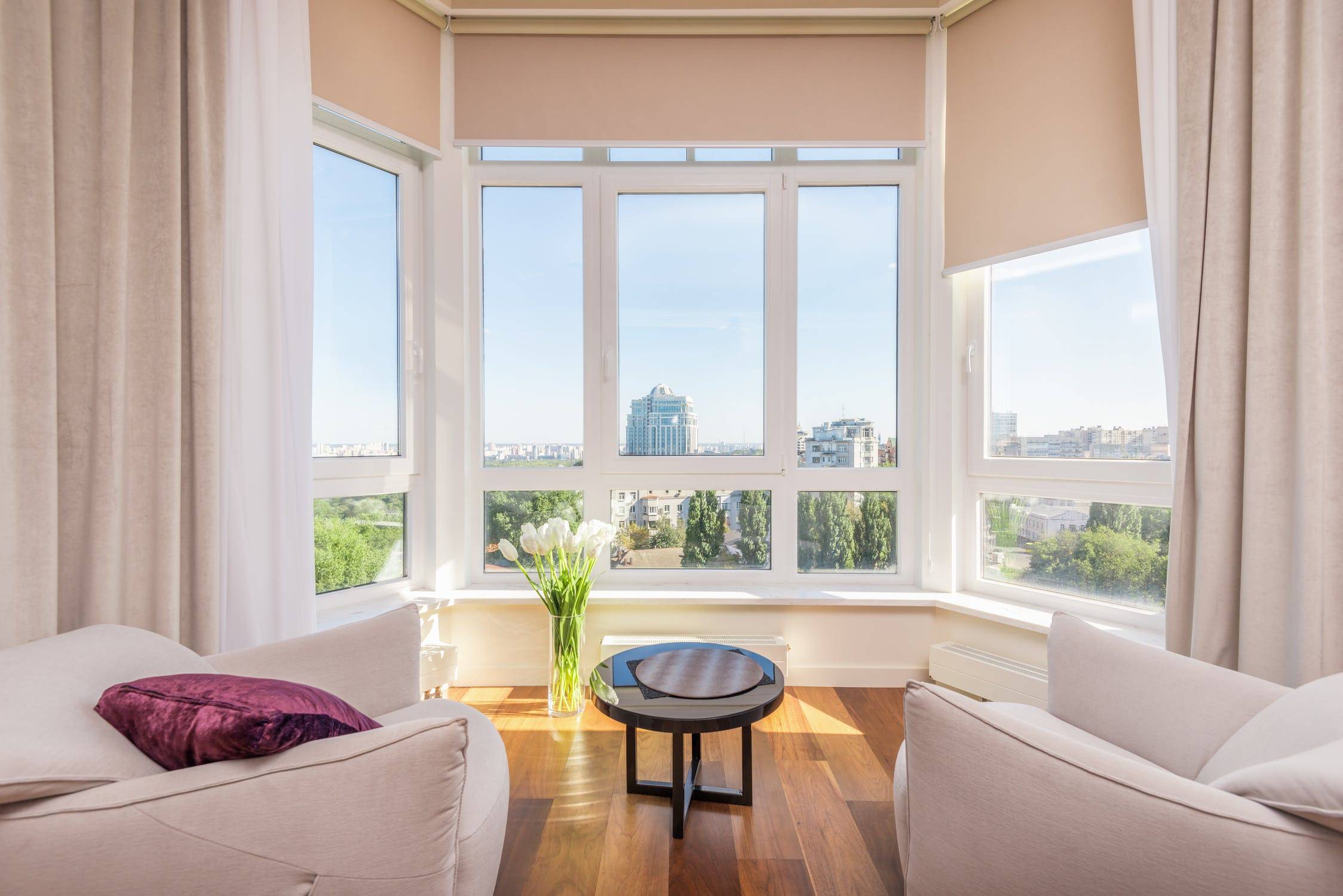
What Does Sunburn on Plants Look Like?
Sunburn on plants are easy to spot and differ from diseases. When a plant is sunburnt, the edges or the middle of the leaves are crispy and brown. The brown area is very dry to the touch, almost like sandpaper texture. Sometimes, mild sunburn can cause leaves to curl, especially on Monstera and Alocasias. Severely burnt leaves are dark brown, curled and crunchy to the touch. When this happens, it's best to remove the burnt leaves and protect the rest of the plant from harmful direct sunlight.
